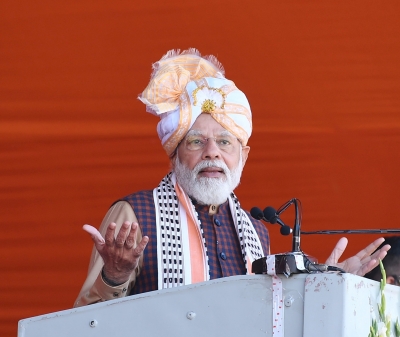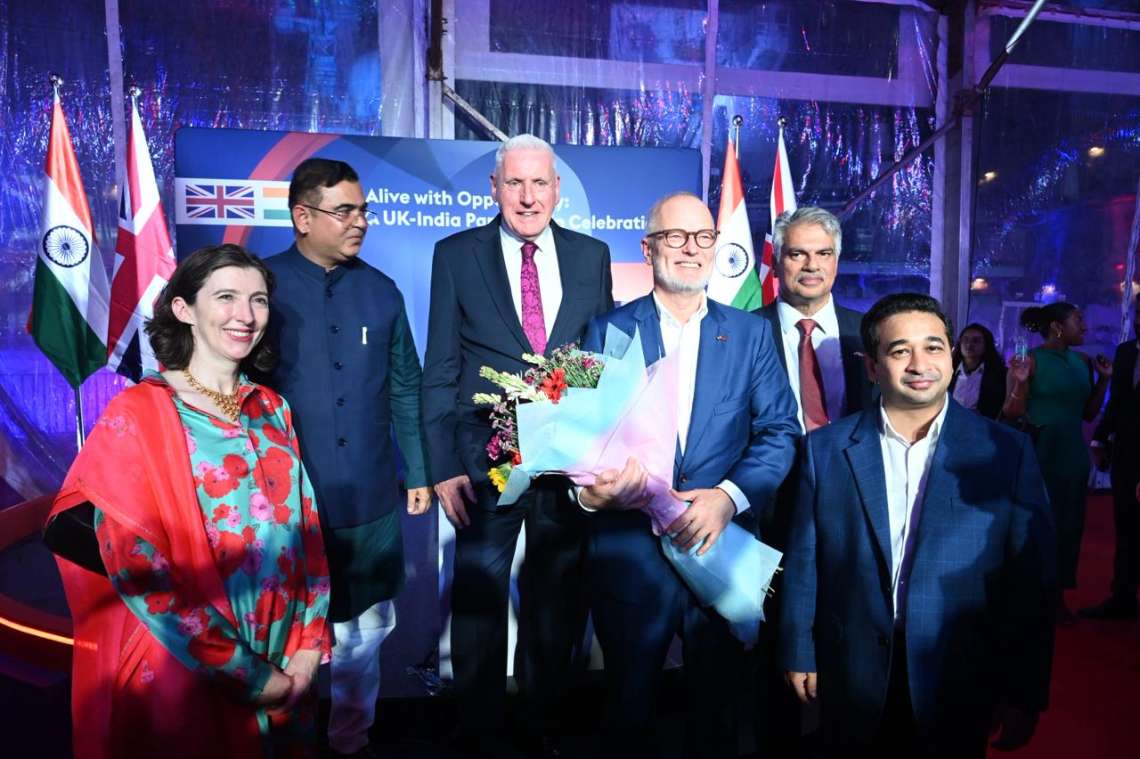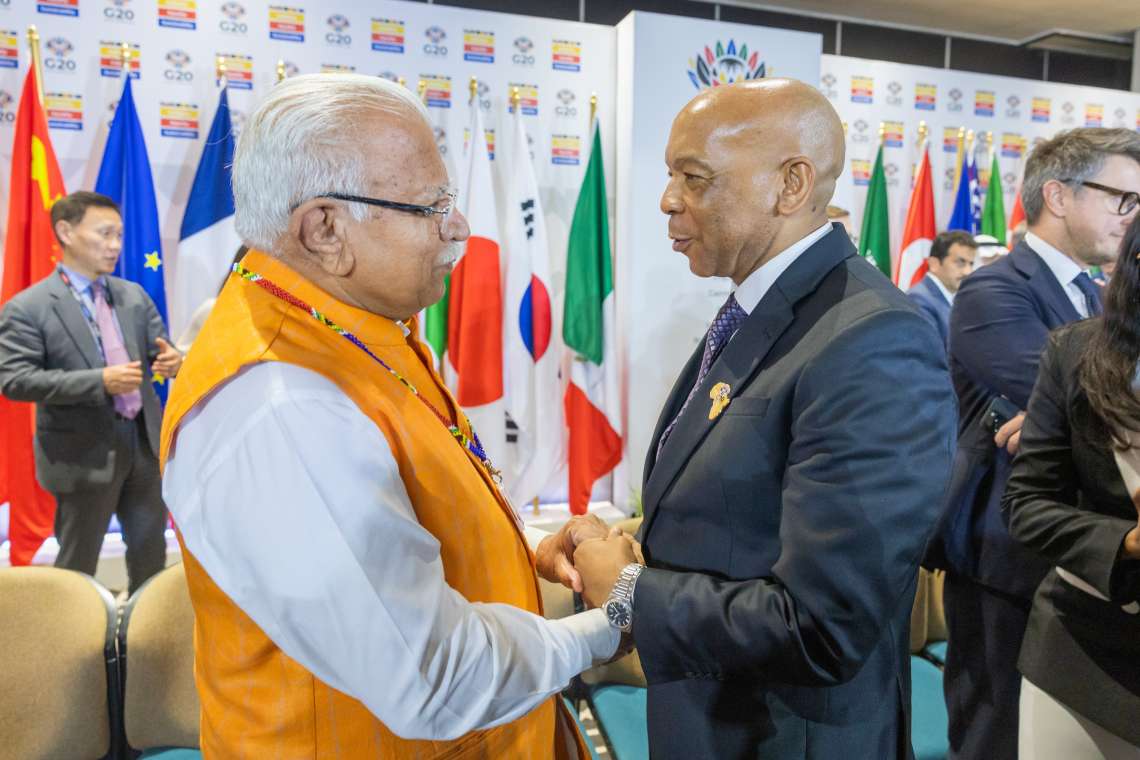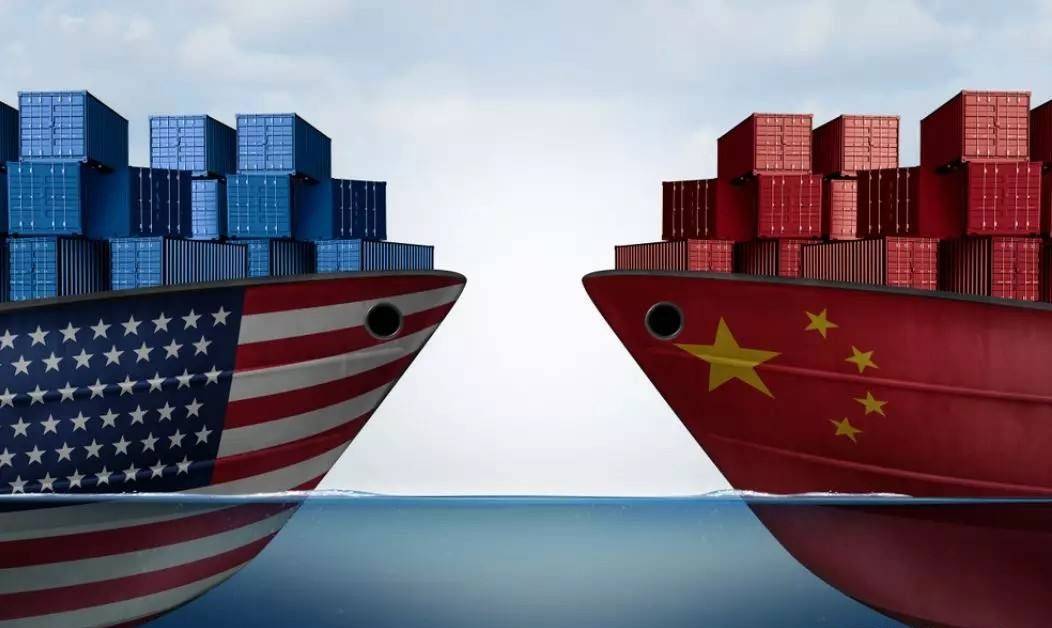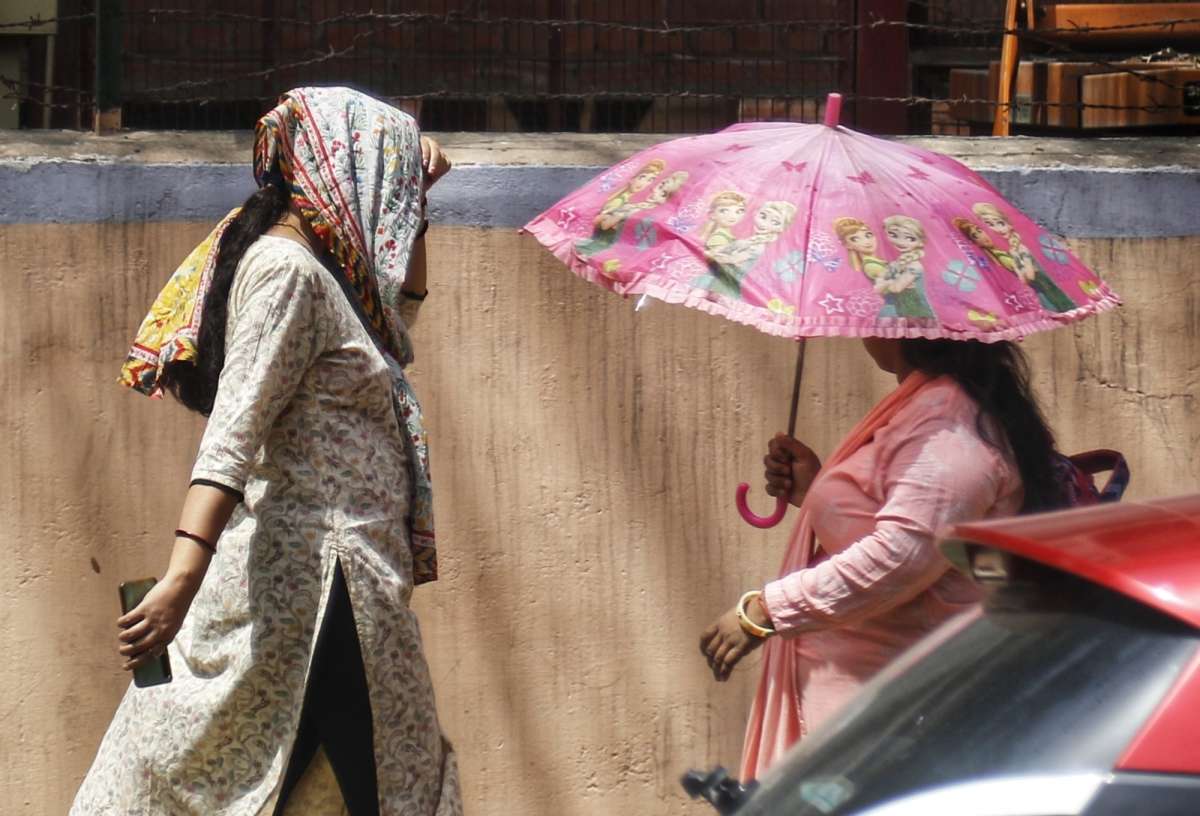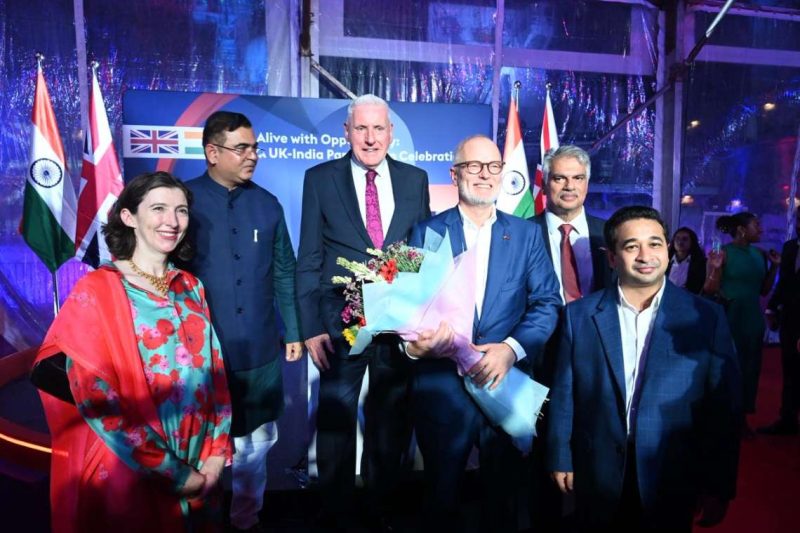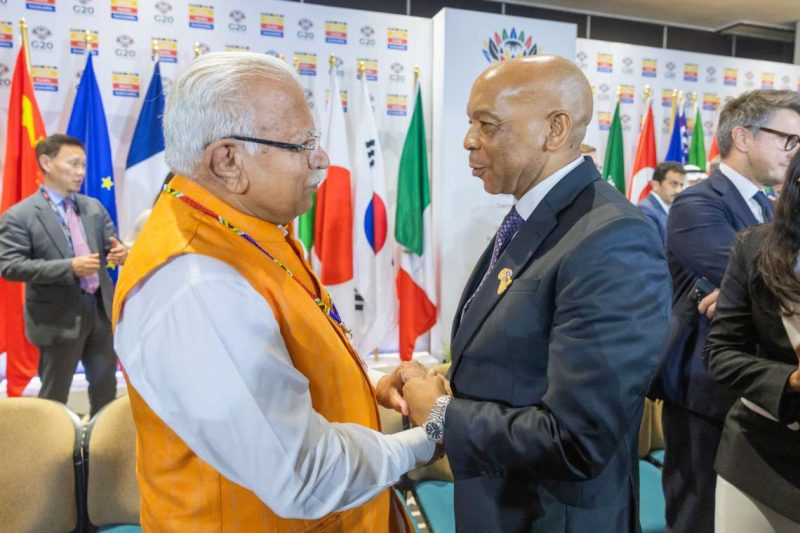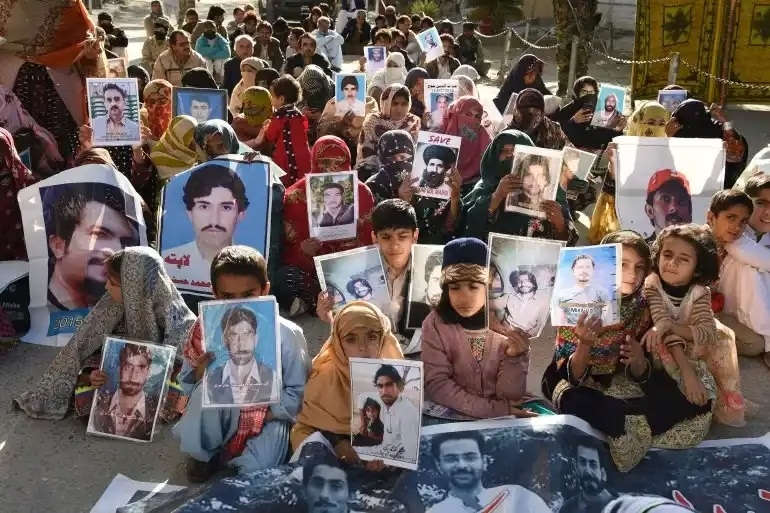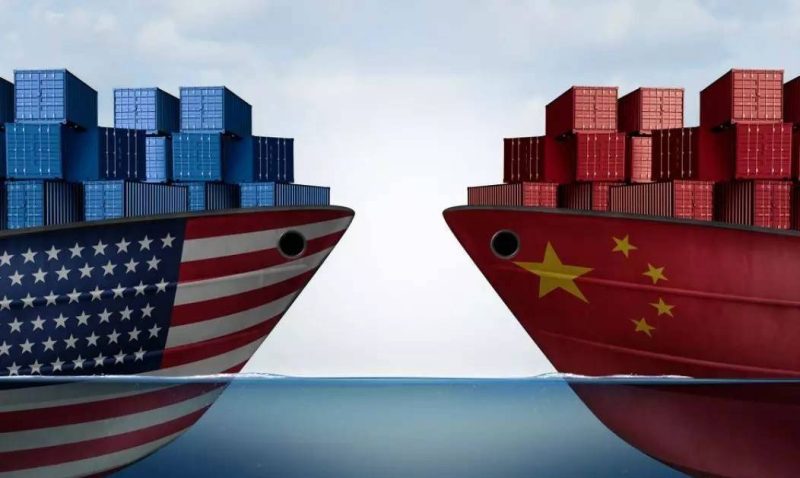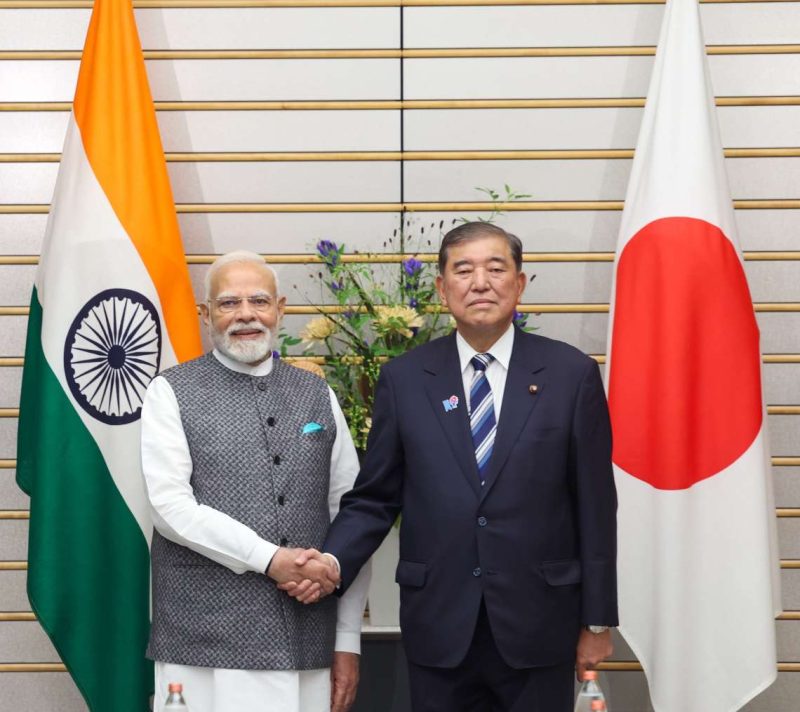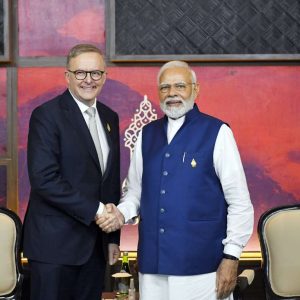PM Modi has promised growth of a sort that would turn it into a pillar of the world economy, on a par with America, China or the European Union….reports Asian Lite News
The United States is courting India for its growing economic influence and also considering the latter as an indispensable accomplice in their rivalry with China, according to The Economist.
According to the publication, India’s foreign policy has become more assertive and more hostile to China. The US is also seeing that the Indian diaspora is the world’s biggest, and remarkably influential which would be helpful for them.
But what is the more alluring asset that India have is the economy which is growing to its full potential.
The US and India are seeing their partnership growing deep and close. Prime Minister Narendra Modi is all set to visit the US this week where President Joe Biden is throwing a formal banquet for him at the White House. PM Modi has also been invited to address a joint session for the second time–an honour previously accorded only to the likes of Winston Churchill, according to The Economist.
The visit will, in the words of a gushing White House press release, “affirm the deep and close partnership between the United States and India”.
Recently, India overtook the UK as the world’s fifth-largest economy. And the American multinational investment bank and financial services company, Goldman Sachs had projected that India’s GDP will overtake the euro area’s in 2051 and America’s by 2075. That assumes a growth rate of 5.8 per cent for the next five years, 4.6 per cent in the 2030s and lower beyond.
As per The Economist, Goldman’s confidence rests partly on the demography, as the workforce of the EU and China is shrinking and so are their population. Recently, India surpassed China in terms of population and became the highest populated country.
Meanwhile, according to projections from the OECD, a club mostly of rich countries, India’s will grow until the late 2040s. The swelling supply of labour accounts for a full percentage point in Goldman’s forecast of India’s annual economic growth over the next five years.
As per The Economist, in 1993, after the financial crisis, India’s economy hit a humiliating low of 1 per cent but after that, New Delhi never turned back.
Since then it has grown fast, a trend that has continued after PM Modi’s election in 2014. India now accounts for 3.6 per cent of global GDP, the same as China in 2000.
By 2028, the IMF forecasts, it will hit 4.2 per cent, overtaking both Germany and Japan. India’s heft is growing in other ways, as well: its stock market is the fourth-biggest after those of America, China and Japan. Its annual exports of goods and services relative to GDP are near record levels. They have grown by 73 per cent over the past decade, and as a result, India’s share of global exports has gone from 1.9 per cent in 2012 to 2.4 per cent in 2022.
PM Modi has promised growth of a sort that would turn it into a pillar of the world economy, on a par with America, China or the European Union. Despite the many failings of his government’s economic management, it is not an implausible target.
On another side, India is witnessing a significant improvement in transport infrastructure under PM Modi and his recent predecessors.
Investment in it has more than tripled as a share of GDP compared with the mid-2010s. The length of the road network has increased by about 25 per cent, to 6m kilometres, since 2014. The number of airports has doubled–and many of the new ones rival the sleekest in the rich world.
Digital infrastructure has also blossomed, with 832m broadband connections as of last year and a range of state-sponsored digital services, from e-banking to welfare payments, that reach hundreds of millions of people. There is a build-out of energy infrastructure, too: India will add more solar generating capacity in 2023 than anywhere else bar America and China, according to The Economist citing Bloomberg New Energy Finance.
India is unusually reliant on services for a developing economy: they account for about 40 per cent of all exports (see chart 2). That makes India the world’s seventh-largest exporter of services, accounting for 4.5 per cent of the global total, up from 3.2 per cent a decade ago. Its big tech-services firms have been on a growth spurt since the pandemic began, hiring eagerly and honing their software, which is sold around the world. Links to Silicon Valley via India’s vast diaspora help maintain the pace of innovation and support a nascent startup culture.
Under the “Make in India” slogan India is seeing many new infrastructural development, especially in terms of defence.
India’s infrastructure has improved, it offers a sizeable domestic market and it is awash with potential workers. An IMF study in April concluded that it would be one of the few places to benefit if supply chains were split by a geopolitical divide. To that end, PM Modi launched a USD 33bn subsidy scheme in 2020, using “production-linked incentives” (plis), which reward firms in 14 industries, from pharmaceuticals to solar panels, if their sales hit certain targets.
Some manufacturing is booming and a recent example is Apple. Founder Tim Cook launched Apple’s first store in India and declared to investors last month, “The dynamism in the market, the vibrancy, are unbelievable…India is at a tipping point.” Days later Foxconn, a Taiwanese electronics firm, broke ground on a USD 500 million factory. India’s GDP grew by 6.1 per cent in the first quarter, year-on-year. Investment as a share of GDP is at its highest for over a decade, reported The Economist.
Meanwhile, financial instability, a plague in the past, seems less of a risk. The banking system has been cleaned up and corporate debt is low. Like China, India has large currency reserves. It also inhibits foreign investment in its banks and government-debt markets to diminish the risk of destabilising capital flight. (ANI)


